In May 2019 we were anticipating the implementation of Plan S and the galvanisation of Open Access for journal and book publishing. I wrote then about the latest plans released after consultation (see Everyday Society post).
This pressure towards open access came from a body of funders determined to make a far greater percentage of academic research freely available starting in 2021. Their focus was on making the version of record freely available with a CC BY licence using the Gold Open Access model. (Gold open access is referred to as the ‘author pays’ model, as opposed to the Green model where authors deposit the Author’s Accepted Manuscript (AAM) in a repository.)
2021 and Plan S deadline date has arrived – so where are we now?
While the course of world events did not remotely resemble anything we anticipated in spring 2019, open access developments have continued through the pandemic. The vital importance of access to research and the value of quality peer review has been a topic of broader public interest in ways that it was not prior to the advent of COVID-19.
UK Authors can publish Open Access in BSA Journals
In 2020, BSA journals Sociology, Work Employment and Society, Cultural Sociology and Sociological Research Online began participating in a number of new agreements with UK and some European university library consortia – through SAGE as our publishing partner – that allows academics at participating institutions to publish their articles open access at no additional cost. The costs for publishing and for readership were combined into single open access agreement.
Authors, who published in BSA journals from January 2020, have articles accepted after Jan 2020, and are based at participating institutions, will receive an email from SAGE inviting them to make their articles open access at no cost. For these authors, their university libraries have negotiated to have open access publishing included in their package. Open access is a choice available to authors and is by no means mandatory. Authors with funder mandates may be obligated to choose open access and so should check with their funder. However, any author whose article does not result from funding can choose to publish Open Access or to publish in the normal way and their work will be available to anyone with a subscription to the journal (over 10,000 institutions worldwide have access to BSA journals).
As a result of these changes, between 40-75% of our journals’ 2020 articles are freely available to read to anyone. This is a very positive development in widening access to the sociological research we publish.
Licences
One of the elements raised in discussion with members at the time of the 2019 blog post (and in discussions with Plan S funders and UKRI) was the question of which licences would be acceptable to funders. While Plan S is unmoved in their strong preference for the most permissive CC BY licence, with SAGE and Jisc (the body representing UK university libraries), BSA journals are able to offer a greater range of licence options for authors, including the non-commercial and non-derivative restrictions on reuse. These are all still creative commons licences but authors have more choice than originally appeared possible under Plan S. More information about these licences can be found on the Creative Commons website.
Some funders may still require their funded authors to choose the CC BY licence, so I strongly suggest any authors check funder mandates to be sure they are meeting any funding obligations.
UKRI Guidance and ESRC Funding Obligations
What does UKRI and REF say about open access publishing? We are still waiting on the UKRI final guidance. There were consultations in 2019 and 2020, but the final guidance has not yet been released. This guidance will be relevant for anyone with an ESRC, AHRC or other research council grant. REF guidance will follow after, and while it will be in sympathy with the UKRI guidance, it may not be an exact match. So we wait for further word.
In the meantime, all BSA journals are considered compliant for those funded by research council grants. Again, all authors are advised to check the details of their specific grants.
Where do we go from here?
While a significant amount of sociology is now freely available to all readers, we are keeping a very close eye on the wider implications on authors and the strong potential for reinforced inequalities and hierarchies, particularly for international authors and those who are not affiliated to participating universities.
Those authors can publish with BSA journals as normal but their papers will be available only to those who subscribe to the journal. The number of these subscriptions remains high at present, but the open access nature of a large percentage of other articles creates an immediate difference between those that are and are not make open access. Inevitably, articles published open access are easier to download and read. How these large scale access differences will affect download and citation figures remains to be seen and is something we be assessing in the coming months and years.
Publishers and institutions are still negotiating and signing open access agreements, but, at the moment, the agreements are concentrated in Europe and the UK and some in North America – creating another division between the Global North and the Global South and Asia. This issue is something that the Trustees and Editors of the BSA are watching very closely and we use every opportunity we can to raise this as a matter of urgency to the funders and policy makers who are driving this particular model of open access forward at such speed.
Sociology, Work Employment and Society, Cultural Sociology and Sociological Research Online may have a far greater number of articles freely available to read, but whether they, and academic publishing as a whole, is really more ‘open’ is arguable.


